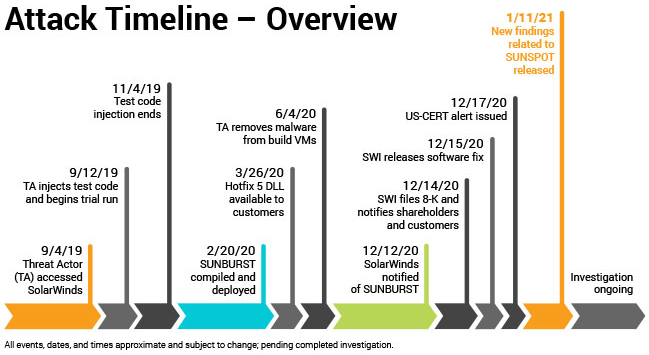Germany’s Xentral nabs $20M led by Sequoia to help online-facing SMBs run back offices better
Small enterprises remain one of the most underserved segments of the business market, but the growth of cloud-based services — easier to buy, easier to provision — has helped that change in recent years. Today, one of the more promising startups out of Europe building software to help SMEs run online businesses is announcing some funding to better tap into both the opportunity to build these services, and to meet a growing demand from the SME segment.
Xentral, a German startup that develops enterprise resource planning software covering a variety of back-office functions for the average online small business, has picked up a Series A of $20 million.
The company’s platform today covers services like order and warehouse management, packaging, fulfillment, accounting and sales management, and the majority of its 1,000 customers are in Germany — they include the likes of direct-to-consumer brands like YFood, KoRo, the Nu Company and Flyeralarm.
But Benedikt Sauter, the co-founder and CEO of Xentral, said the ambition is to expand into the rest of Europe, and eventually other geographies, and to fold in more services to its ERP platform, such as a more powerful API to allow customers to integrate more services — for example in cases where a business might be selling on their own site, but also Amazon, eBay, social platforms and more — to bring their businesses to a wider market.
Mainly, he said, the startup wants “to build a better ecosystem to help our customers run their own businesses better.”
The funding is being led by Sequoia Capital, with Visionaires Club (a B2B-focused VC out of Berlin) also participating.
The deal is notable for being the prolific, high-profile VC’s first investment in Europe since officially opening for business in the region. (Sequoia has backed a number of startups in Europe before this, including Graphcore, Klarna, Tessian, Unity, UiPath, n8n and Evervault — but all of those deals were done from afar.)
Augsburg-based Xentral has been around as a startup since 2018, and “as a startup” is the operative phrase here.
Sauter and his co-founder Claudia Sauter (who is also his co-founder in life: she is his wife) built the early prototype for the service originally for themselves.
The pair were running a business of their own — a hardware company they founded in 2008, selling not nails, hammers and wood, but circuit boards they designed, along with other hardware to build computers and other connected objects. Around 2013, as the business was starting to pick up steam, they decided that they really needed better tools to manage everything at the backend so that they would have more time to build their actual products.
But Bene Sauter quickly discovered a problem in the process: smaller businesses may have Shopify and its various competitors to help manage e-commerce at the front end, but when it came to the many parts of the process at the backend, there really wasn’t a single, easy solution (remember this was eight years ago, at a time before the Shopifys of the world were yet to expand into these kinds of tools). Being of a DIY and technical persuasion — Sauter had studied hardware engineering at university — he decided that he’d try to build the tools that he wanted to use.
The Sauters used those tools for years, until without much outbound effort, they started to get some inbound interest from other online businesses to use the software, too. That led to the Sauters balancing both their own hardware business and selling the software on the side, until around 2017/2018 when they decided to wind down the hardware operation and focus on the software full time. And from then, Xentral was born. It now has, in addition to 1,000 customers, some 65 employees working on developing the platform.
The focus with Xentral is to have a platform that is easy to implement and use, regardless of what kind of SME you might be as long as you are selling online. But even so, Sauter pointed out that the other common thread is that you need at least one person at the business who champions and understands the value of ERP. “It’s really a mindset,” he said.
The challenge with Xentral in that regard will be to see how and if they can bring more businesses to the table and tap into the kinds of tools that it provides, at the same time that a number of other players also eye up the same market. (Others in the same general category of building ERP for small businesses include online payments provider Sage, NetSuite and Acumatica.) ERP overall is forecast to become a $49.5 billion market by 2025.
Sequoia and its new partner in Europe, Luciana Lixandru — who is joining Xentral’s board along with Visionaries’ Robert Lacher — believe however that there remains a golden opportunity to build a new kind of provider from the ground up and out of Europe specifically to target the opportunity in that region.
“I see Xentral becoming the de facto platform for any SMEs to run their businesses online,” she said in an interview. “ERP sounds a bit scary especially because it makes one think of companies like SAP, long implementation cycles, and so on. But here it’s the opposite.” She describes Xentral as “very lean and easy to use because you an start with one module and then add more. For SMEs it has to be super simple. I see this becoming like the Shopify for ERP.”
![]()


